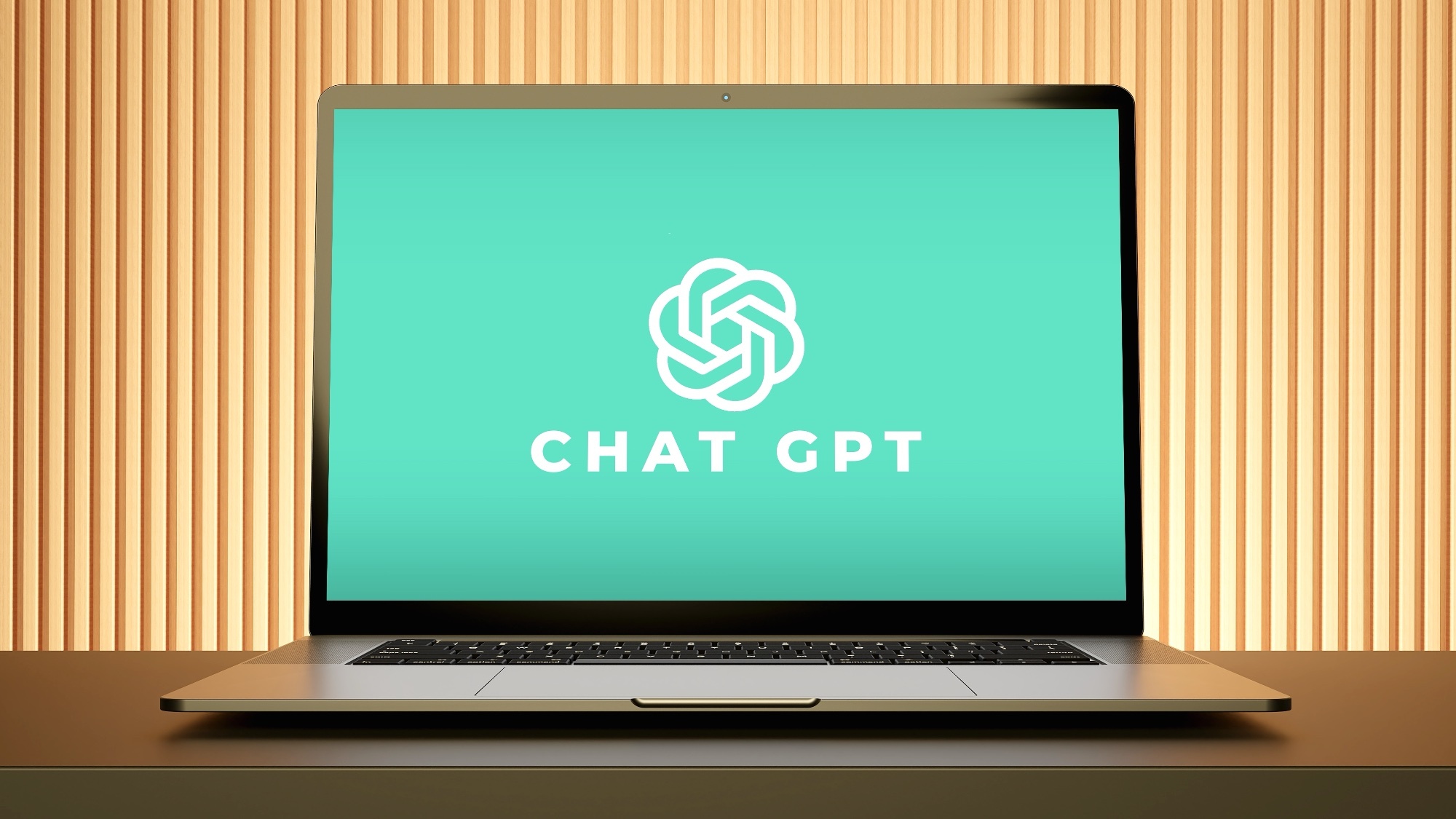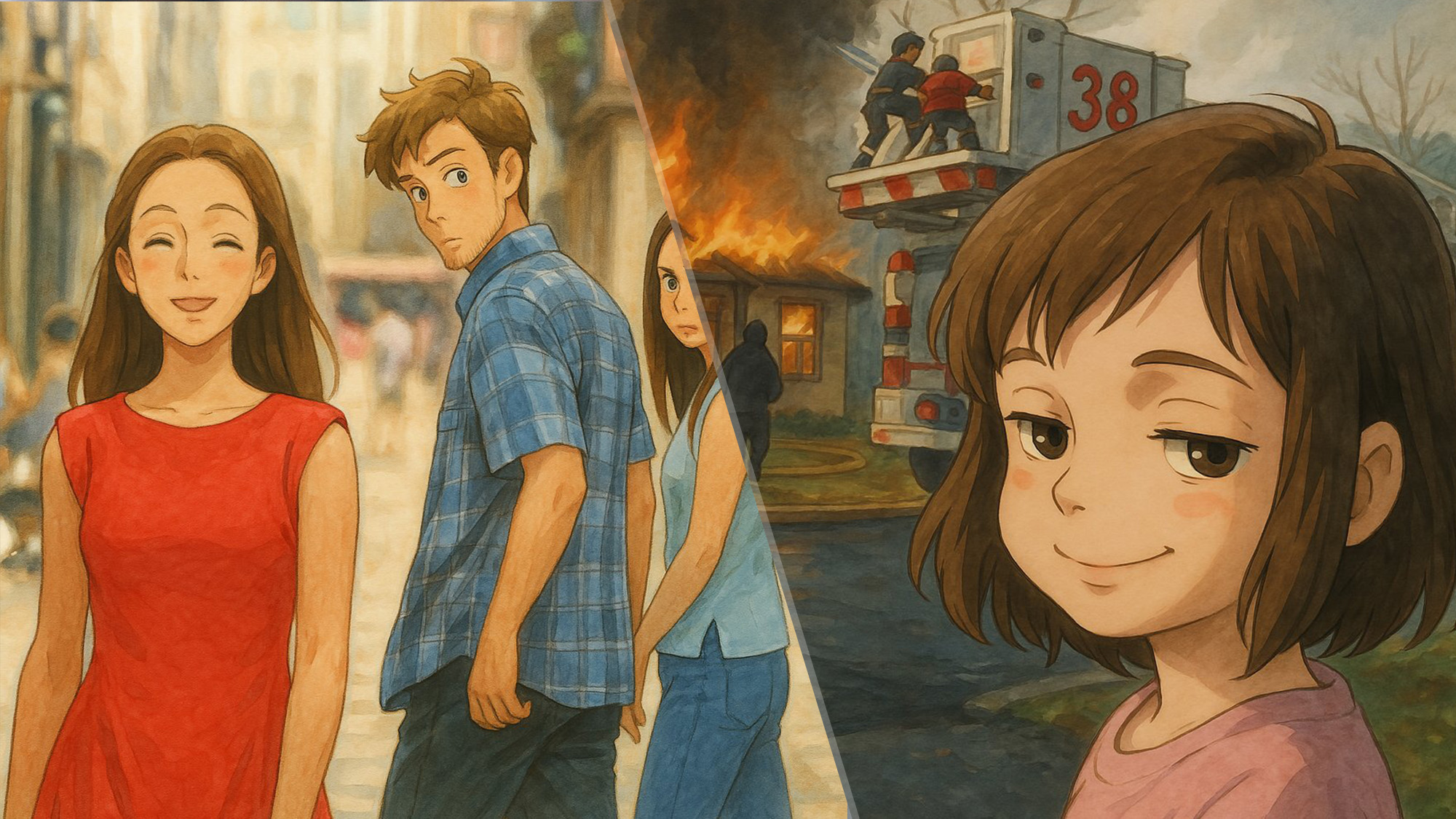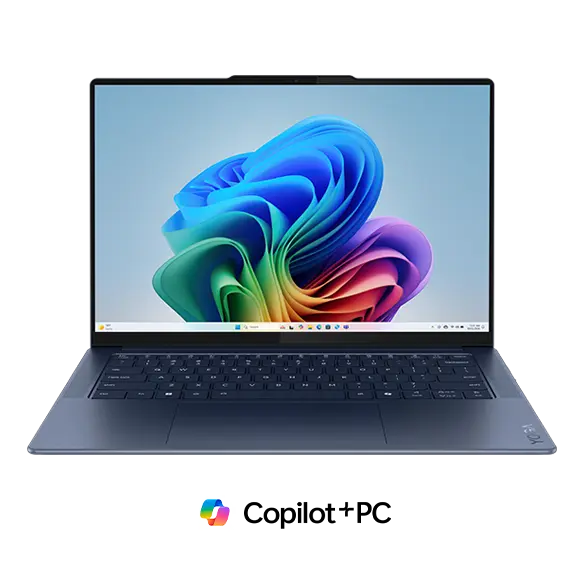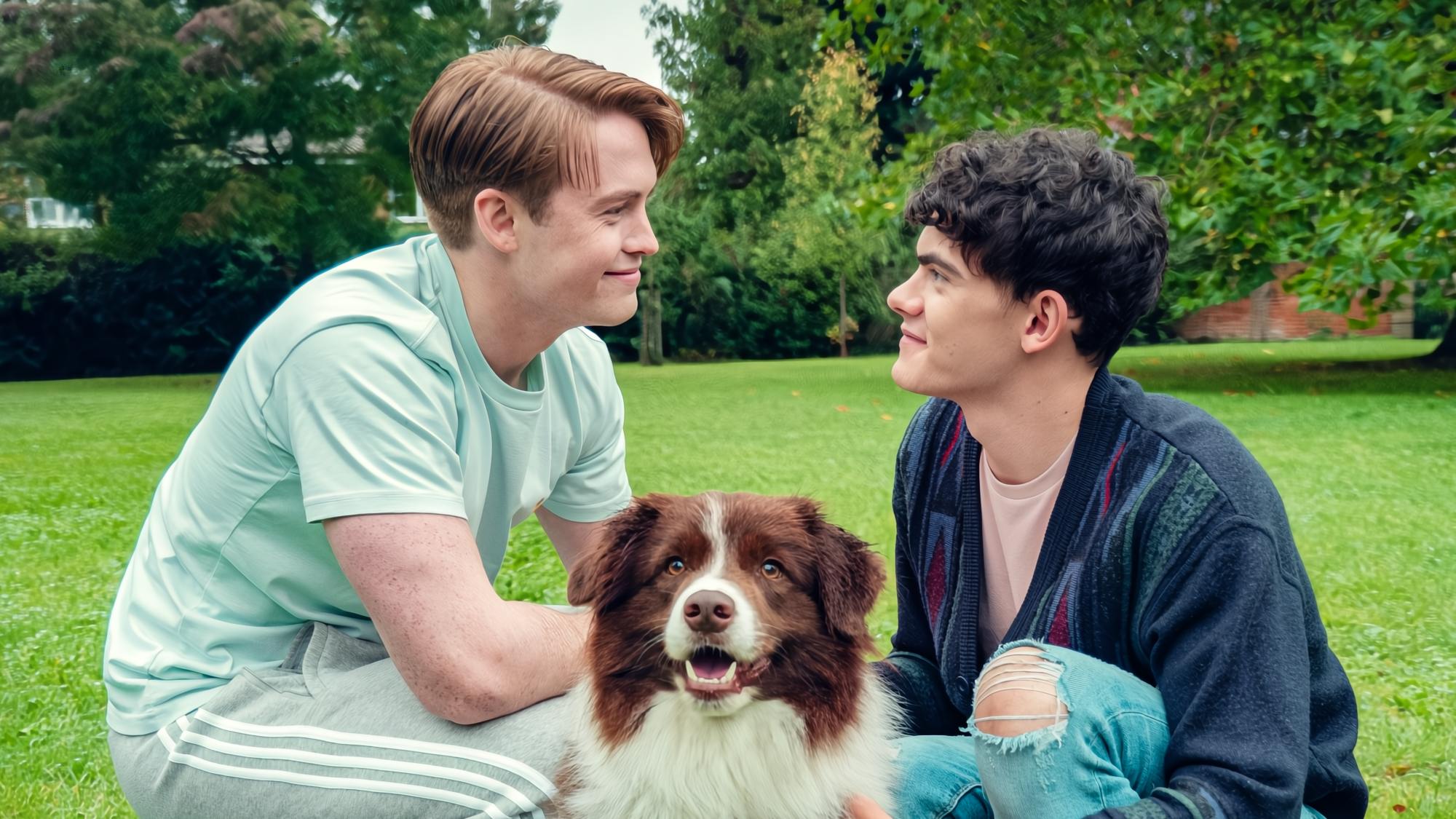OpenAI has opened the floodgates for ChatGPT to make previously banned images
Famous faces and hateful symbols are now fair game

ChatGPT saw a major update recently, launching a new image generator that quickly went viral from the images it could produce. But while the focus has been on the new image potential, a second bit of news from OpenAI also slipped through.
Since its earliest days, ChatGPT has had strict rules on moderation policies. When ChatGPT received requests for public figures or anything that was potentially violent or offensive, it would be unable to complete the request.
While this will still happen, the rules have been relaxed significantly. Upon request from the user, ChatGPT will now override its filter, allowing images that go against its previous moderation policy.
What images are now allowed?

A full overview was given in a report published by OpenAI on March 25. This explained where filters had been relaxed, and in other places tightened.
The override would include previously banned images of anyone famous, hateful symbols, and images that may reinforce certain stereotypes. In this newest version, famous figures will now have to opt out of being depicted by the model.
This follows a decision made by OpenAI in February, to open up its training data to a wider range of inputs and reduce the number of topics that the chatbot will refuse to work with.
Along with the above changes to image moderation, ChatGPT is now able to impersonate certain art styles. While restrictions still exist on individual living artists, animation houses or creative studios are now available, such as the Studio Ghibli remakes that have spread across the internet.
Sign up to get the BEST of Tom's Guide direct to your inbox.
Get instant access to breaking news, the hottest reviews, great deals and helpful tips.
What is still banned?
However, the moderation filter hasn’t been removed completely. OpenAI has made it clear that safeguards have been strengthened around images generated of children. It will detect and block any attempts of prompts that involve inappropriate content in this area, as well as doing the same for uploaded images.
Safeguards still remain around photorealistic depictions of inappropriate content, especially when combined with public figures. Filters also remain for more extreme forms of propaganda or in places where deepfakes could be created.
More from Tom's Guide
- Forget ChatGPT— this site offers mind-blowing AI image generation for free
- How to make AI images using ChatGPT’s new 4o model
- I just ‘met my younger self for coffee’ with mind-blowing AI video — now this is creepy

Alex is the AI editor at TomsGuide. Dialed into all things artificial intelligence in the world right now, he knows the best chatbots, the weirdest AI image generators, and the ins and outs of one of tech’s biggest topics.
Before joining the Tom’s Guide team, Alex worked for the brands TechRadar and BBC Science Focus.
In his time as a journalist, he has covered the latest in AI and robotics, broadband deals, the potential for alien life, the science of being slapped, and just about everything in between.
Alex aims to make the complicated uncomplicated, cutting out the complexities to focus on what is exciting.
When he’s not trying to wrap his head around the latest AI whitepaper, Alex pretends to be a capable runner, cook, and climber.
You must confirm your public display name before commenting
Please logout and then login again, you will then be prompted to enter your display name.









